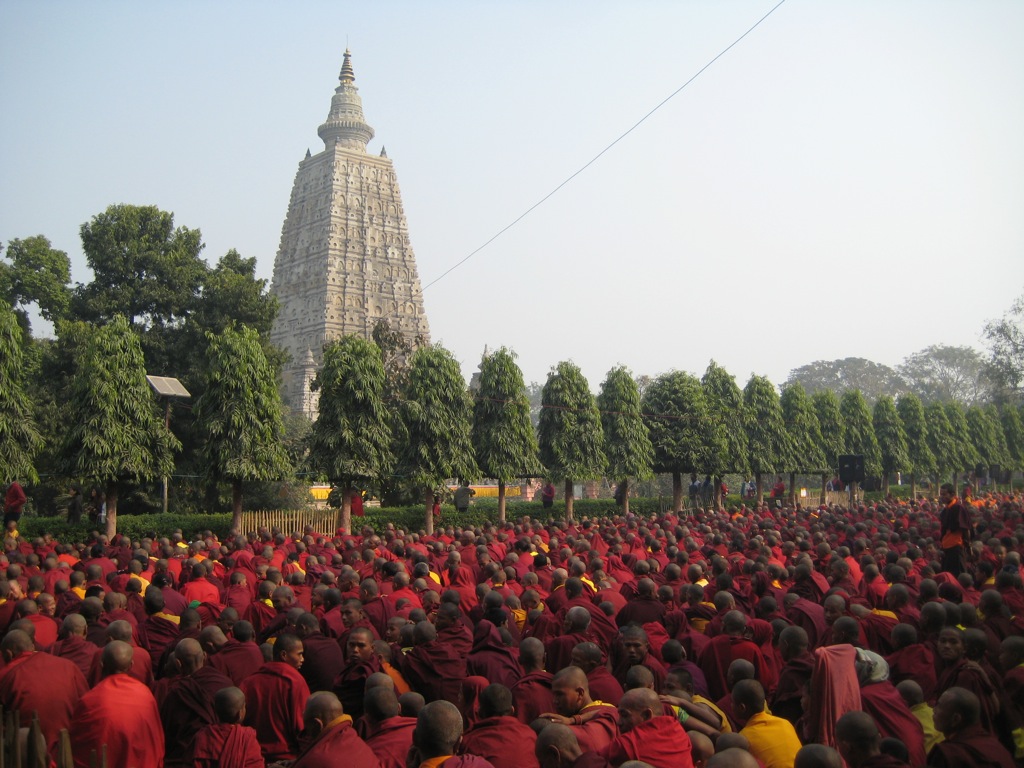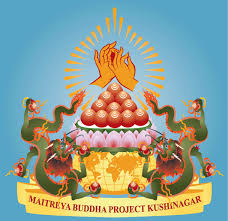
Atisha Dipankara Srijnana: The Reformer of Buddhism in Tibet
Submitted by Phuntsog Dolma (Ph. D) The Indian Nalanda Buddhist masters had given huge contribution in spreading the doctrine of the authentic Buddha-dharma to the Far East countries. The eminent spiritual Acharyas like Bodhidharma in China, Dhyänabhadra in Korea and Atisha Dipaìkara in Tibet, are well known saint philosophers who through their scholastic work have earned enormous recognition and became the figure of veneration down to the present in these countries. The accounts of Atisha Dipankara’s life are found in Tibetan texts—biographies, doctrinal works, catalogues and hymns written in praise. Like Shakyamuni Buddha, Atisha Dipankara was also born as a royal prince to the Gaur family of Vikramanipur city in Bangal in the year 980 AD which was then under the Pala Empire of Ancient India. He was the second among three of his siblings of King Kalyan Shri and Queen Prabhavati and was given the name Chandragarbha. It is said that, at the time of his birth many auspicious signs were appeared. Born to a royal family and being the brightest of all siblings, his parents wished him to be a great royal successor but Atisha from his early childhood displayed an unusually peaceful and compassionate nature and aspiration to spiritual practice. Subsequently, on his path to spirituality, Atish studied under many great masters like Jetari, Guru Avadhuti, Sri Rakshita etc. from whom he received his monk ordination and was given the name Dipankarasrijnana. Further, in order to enhance highest quality of knowledge and practice on Bodhichitta, Atisha travelled to Suvarnadvipa, presently known as Sumatra in Indonesia and studied under a sublime teacher named Dharmakirti who in Tibetan is known as Lama Serling pa. After studying for 12 long years in Suvarnadvuipa, when Atisha returned back to India he was appointed as the Abbot of Vikramashila monastery. Through his skills in debate and philosophy, Atisha rose to a figure of prominance not only in India but his fame reached upto the land of snow i.e Tibet where Lha Lama Yeshe Od and his nephew Jangchup Od took great hardships in inviting him to Tibet. In the 10th century, Lha Lama Yeshi Od (whose forefathers can be traced back to the lineage of King Lang-darma) was ruling over the upper part of Tibet mainly in Guge and Purang known as western Tibet. The state of Buddhism at that time in Tibet was in a destitute condition as the 42nd Tibetan king Lang-dharma suppressed Buddhism under the influence of Bon religious protagonists. Consequently, Buddhism in Tibet was nearly declined and the Buddha’s teachings were diluted with many misinterpretations. In such a critical time, Yeshe Od knowing the richness of Buddhism and how it was brought up by his ancestors, decided to invite Indian master Atisha Dipanka to Tibet who could guide his people to the authentic teachings of the Buddha. Tibetan sources record that Yeshe Od sent his invitation twice to master Atisha. In his first attempt, he sent one of his ministers with a large quantity of gold but to his dismay Atisha rejected his proposal due to his responsibilities at Vikramshila monastic Institution. When his minister intimated the king about his failure of inviting master Atisha the king thought that the gold he had sent as a present was not enough. Therefore, Yeshe Od in order to collect some more gold set off to Turkistan with small escort but he was captured by the Gar-log king on his way. The Gar-log king agreed to release Yeshi Od only on two conditions: either the king should become his subject or he should pay a ransom of solid gold that has as much size as the captured king. However, Yeshe Od advised his nephew Jangchup Od to utilize this gold to invite the great Atisha from India and preserved the religion of their ancestors, as he found reviving Buddhism in Tibet is more important than saving his life. Thus, with much struggle and sacrifice Jangchub Od was finally successful in inviting the great Indian Pandit Atisha Dipankara to Tibet. Upon his arrival in 1042, Atisha was given a warm welcome by Changchub Od and his people. During his stay in Tibet, Atisha emphasized on the revival of pure Mahayana doctrine by dispelling many misconceptions that continued earlier. Atisha and his disciples made corrections and revision of the Tibetan translations of the Buddhist texts, thus, clarified many confusing points. He also expounded several works on the principles and cult of the general and esoteric branches of Buddhism. Atisha Dipankara wrote several works among which Bodhipatha Pradipa (The Lamp that shows the Path to Enlightenment) known as Changchub Lam-gye Donme in Tibetan is the prominent one and many of his texts are found in the Tibetan Tengur (canonical texts) volumes. Thus, Atisha Dipankara stayed in Tibet for 17 years and his noble deeds are gratefully remembered by all his disciples. In fact, The Tibetan history credits Atisha Dipankara as the reformer of Buddhism and laying its foundation in pure form in Tibet. Today, he is well revered as Jobo-rje-dpal-ldan-Atisha among Tibetans and the Buddhists of Himalayan regions of India.





